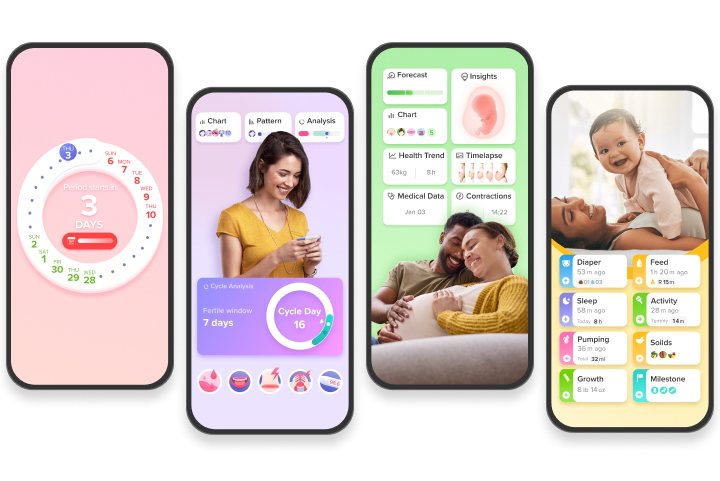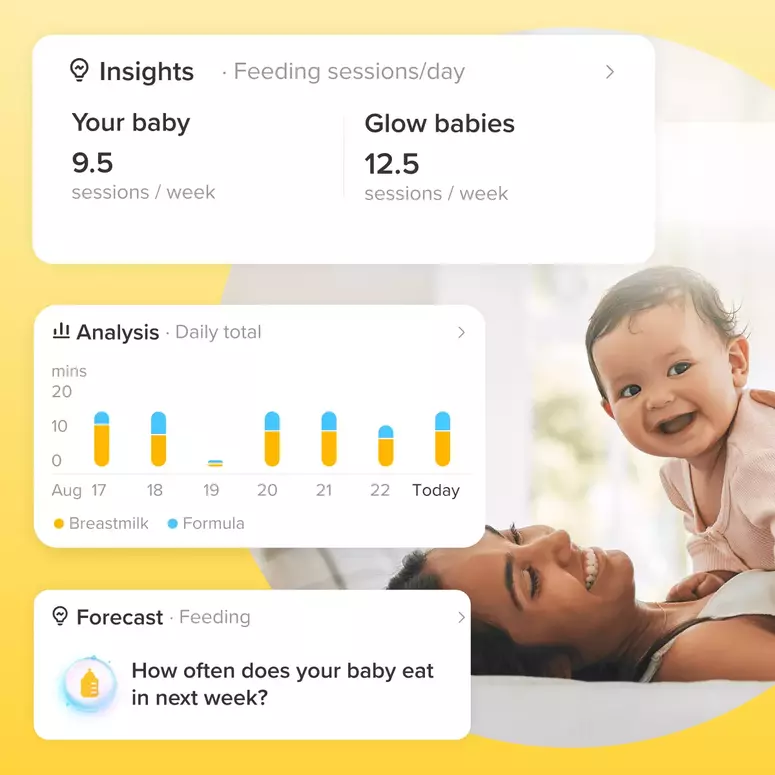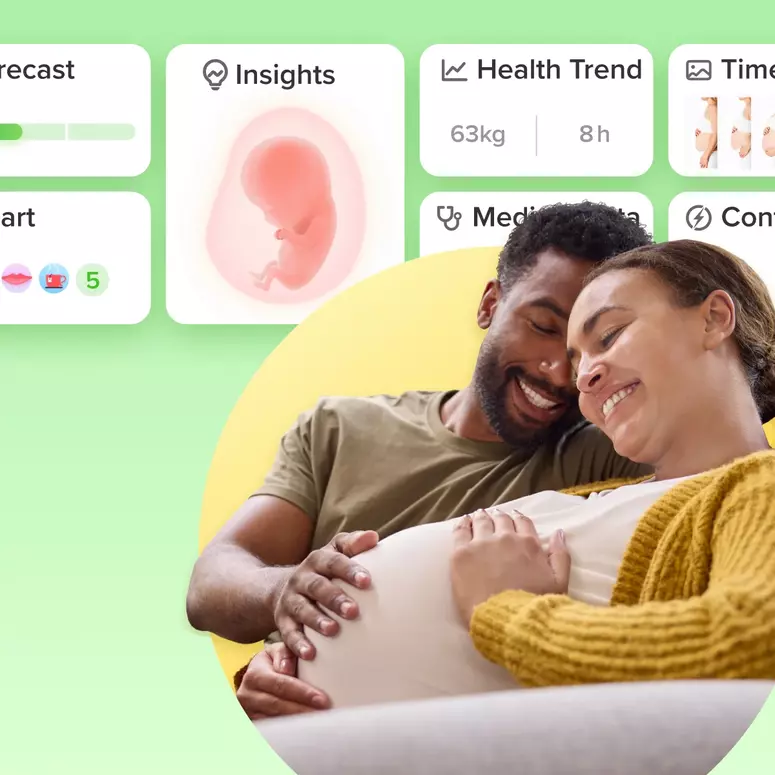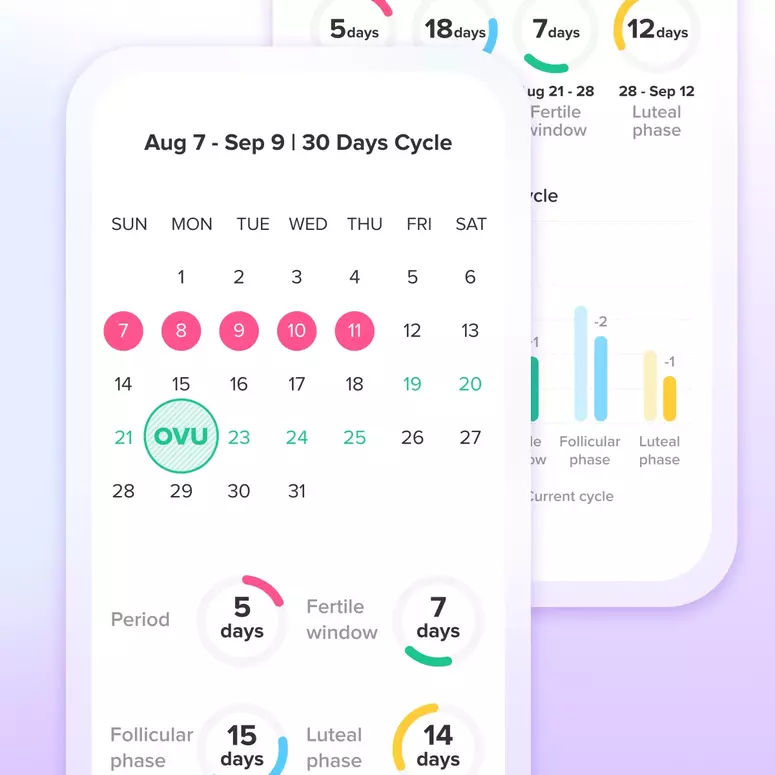Tools that help us determine ovulation and fertile windows, like ovulation predictor kits or OPKs, are useful and convenient but can range anywhere between $1-50 each. This is fine if you feel like they’re needed, but if you’re trying to save money (since you are hoping to have a baby which will cost slightly less than a billion dollars) there are a few ways to help determine ovulation that are totally free.
We’re going to let you in on them. You’re welcome!
Tracking your discharge, a.k.a. cervical mucus
Put on your Sherlock Holmes hat (If you don’t own one, buy one! You can wear it during sex if you and your partner are into that!) and get ready to do a little detective work. Many women find the cervical mucus check to be the best way to predict ovulation.
What to look for:
- As ovulation approaches, your vaginal and cervical mucus (CM) should increase in quantity (not enough to fill a wave pool but more than you’re used to)
- The consistency will become slippery and clear, like clear egg-whites. This type of clear, slippery CM helps sperm move faster and survive longer within the female’s body, upping chances for fertilization of the egg. (i.e. slip-n-slide for sperm)
You can check your CM by looking at the toilet paper after you wipe or by inserting a clean finger into your vagina and reaching toward your cervix. (If the toilet paper looks like it’s full of Purell hand sanitizer, all systems are go!) You’re likely to find more CM if you check after a bowel movement. Some women check after they shower every day. (Heads up that some women already have one child or more and are so unable to shower every day to the point where even the words “shower every day” seem comical.) Just make sure that you check at roughly the same time every day so your measurements are consistent.
Tracking your cervix
Tracking your cervix is more than just a fun excuse to say “Shhhh, we’re hunting cervixes!” in an Elmer Fudd voice. The position and texture of your cervix changes throughout your cycle, and these changes can help clue you in on what’s going on with your fertility.
You can check by sticking a clean finger towards the back of your vagina while squatting or lying on your back. One foot on the toilet or tub can be helpful, too. Some women prefer to check in the shower since everything is clean and lubricated by water (and you are behind a curtain where no one will accidentally walk in on you). No matter where you are, choose a position that’s comfortable for you. It’s important because you’ll be using the same position each time to get consistent measurements.
How it works:
- During menstrual bleeding, the cervix is normally low and hard and slightly open to allow the blood to flow out. It will feel sort of like the tip of your nose. After your period stops, the cervix remains low and firm but closes up.
- As ovulation gets closer, the cervix rises up to the top of the vagina and becomes softer and moister. At the height of ovulation, the cervix feels more like your lips than your nose (yes, yes, we also just spent the last 30 seconds touching our nose and our lips) and it is ever so slightly open to allow sperm to enter in. There is a name for this position. It is called SHOW (Soft, High, Open and Wet) This is what you are looking for because this is your most optimal time to get pregnant. (We would have loved for the body to drape a highly visible “Welcome, Incoming Freshmen!” banner across the opening of the vagina but alas, that is not how evolution works).
- Once ovulation occurs, the cervix drops lower and becomes more firm – once again feeling like the tip of your nose. This can happen immediately after ovulation or may take several hours to several days, and then the cycle repeats – unless you become pregnant. In that case, as early as 12 days after ovulation, the cervix can rise up and become soft again, but it will not feel open like it did in the “SHOW” position. (We are also aware that referring to “your cervix in the SHOW position” sounds like you are wearing a straw boater hat and judging cervixes at a county fair. “Nice firmness on this one! Beautiful shape. 8.6!”)
Secondary ovulation symptoms
Ovulation pain, acne, sore breasts and many other symptoms, both emotional and physical, can all be clues that you’re ovulating, too. (Acne AND sore breasts?? SIGN ME UP! *sigh*) Not exactly sure when these happen for you? No problem, Glow is incredibly effective at piecing these together to give a complete picture of your cycle. All you have to do is fill in your health log daily.




